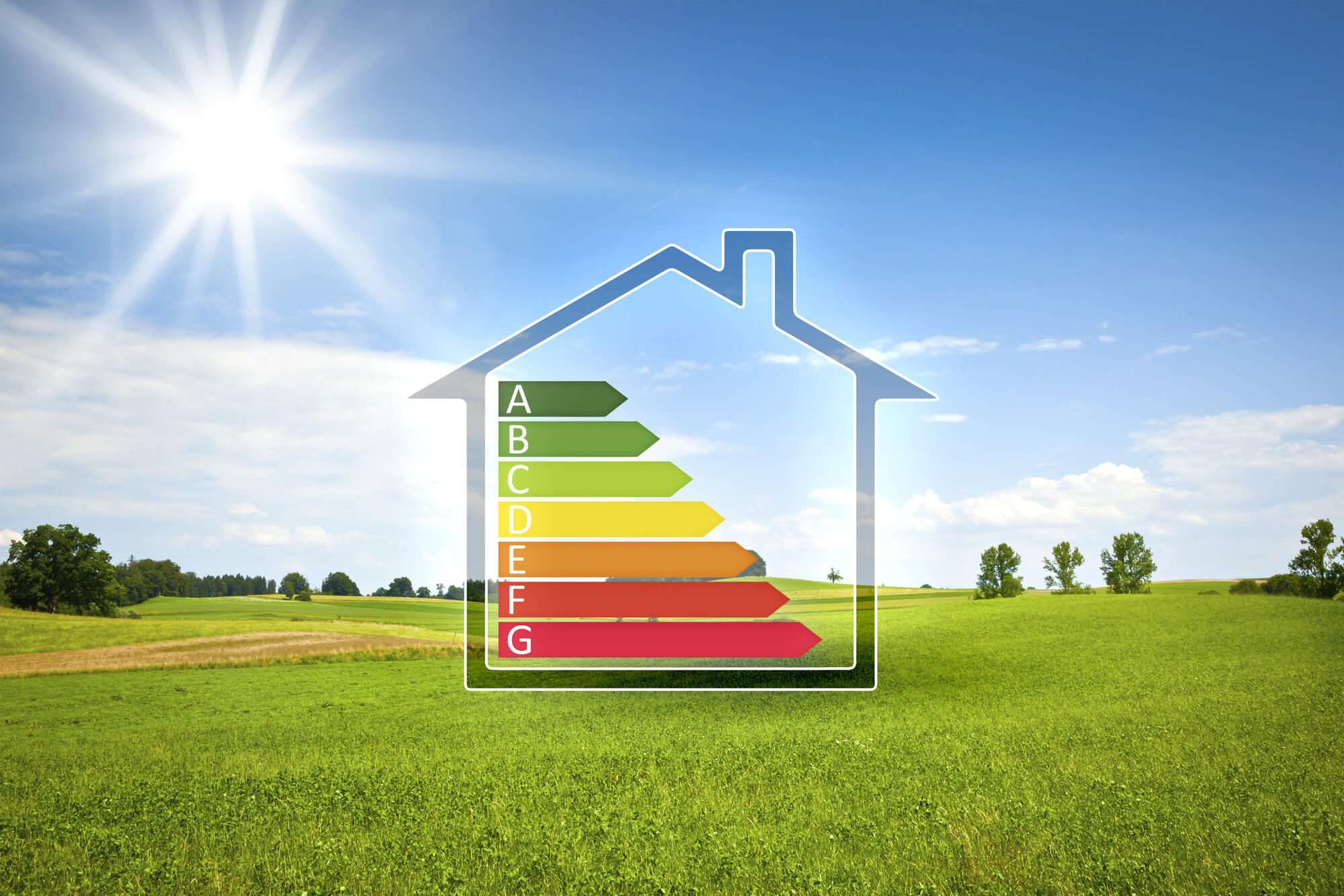Reference material
Some useful articles to help you with your EPCs calculation.
What is EPCs?
The EU Energy Performance of Buildings Directive requires an Energy Performance Certificate (EPC) for all buildings. EPCs were introduced for residential property sales as part of the Home Information Pack (HIP) for houses with four or more bedrooms from 1 August 2007 and for houses with three or more bedrooms from 1 September 2007.
Why energy performance certificates are required
An Energy Performance Certificate (EPC) is intended to inform potential buyers or tenants about the energy performance of a building, so they can consider energy building.
Buildings requiring an energy performance certificate
An EPC is only required for a building when constructed, sold or let. For the purposes of the regulations, a building is defined as: “a roofed construction having walls, for which energy is used to condition the indoor climate, and a reference to a building includes a reference to a part of a building which has been designed or altered to be used separately”.
When Energy Performance Certificates are required
From 6 April 2008 those buildings with a total useful floor area greater than 10,000m2 (see glossary of terms for a definition) will require an Energy Performance Certificate on construction, sale or let.
Buildings requiring a Display Energy Certificate (DEC)
Public authorities, and institutions providing public services to a large number of persons, who occupy space in a building with a total useful floor area greater than 1000m2, must display a valid display energy certificate (“DEC”) at all times and have a valid advisory report in their possession.
Situations where an EPC is not required
EPCs are not required on construction, sale or rent for:
places of worship, temporary buildings with a planned time of use less than two years (see glossary of terms) or stand alone buildings with a total useful floor area of less than 50m2.
What are Energy Performance Certificates
What is an EPC and what does it mean? The EPC looks broadly similar to the energy labels now provided with vehicles and many appliances. Its purpose is to indicate how energy efficient a building is.
What an EPC for a non-dwelling contains
In addition to the asset ratings, EPCs must convey several other key pieces of information:
Registering EPCs
EPCs for non-dwellings are stored in a national register. The national register is the official place for the storage of all EPCs for non-dwellings and is the single source of EPC information for a building. Having a register helps to protect consumers.

